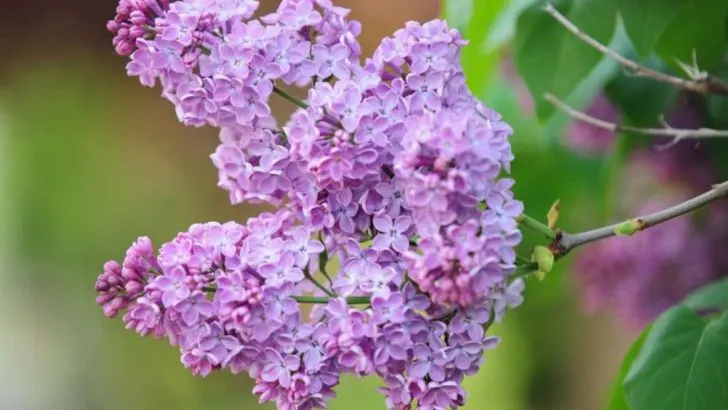Pruning is essential for plant health, but not all plants appreciate a spring trim! In fact, cutting back certain species too early can reduce blooms, weaken growth, or even invite disease. These 21 plants hate being pruned in spring and thrive when left alone until later in the season – or not pruned at all. Learn which plants to avoid trimming now and how to care for them properly to ensure a lush, thriving garden.
Lilac
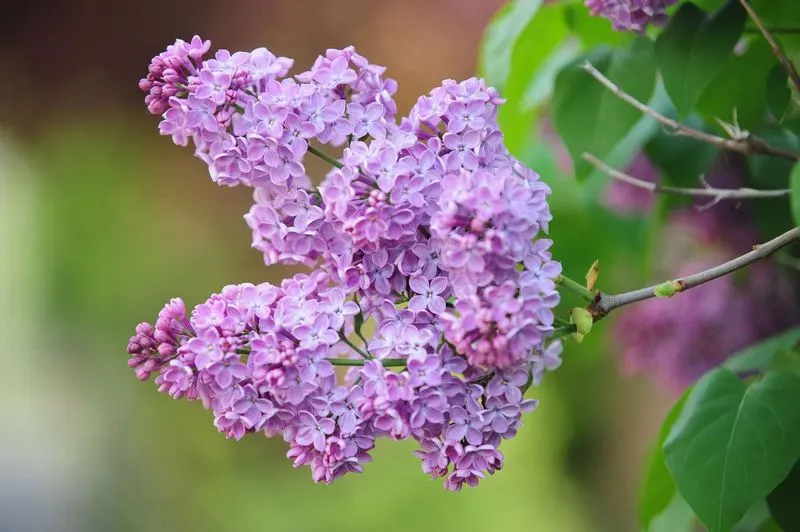
Pruning lilacs in spring can be counterproductive. These lovely bushes set their flower buds shortly after blooming in early summer, so cutting them in spring may lead to fewer flowers for the year. Instead, wait until just after they finish flowering to give them a trim. This timing ensures that the plant can focus its energy on developing the next year’s blooms. By doing so, you’ll keep your lilac healthy and vibrant, ensuring it continues to be a garden favorite.
Wisteria
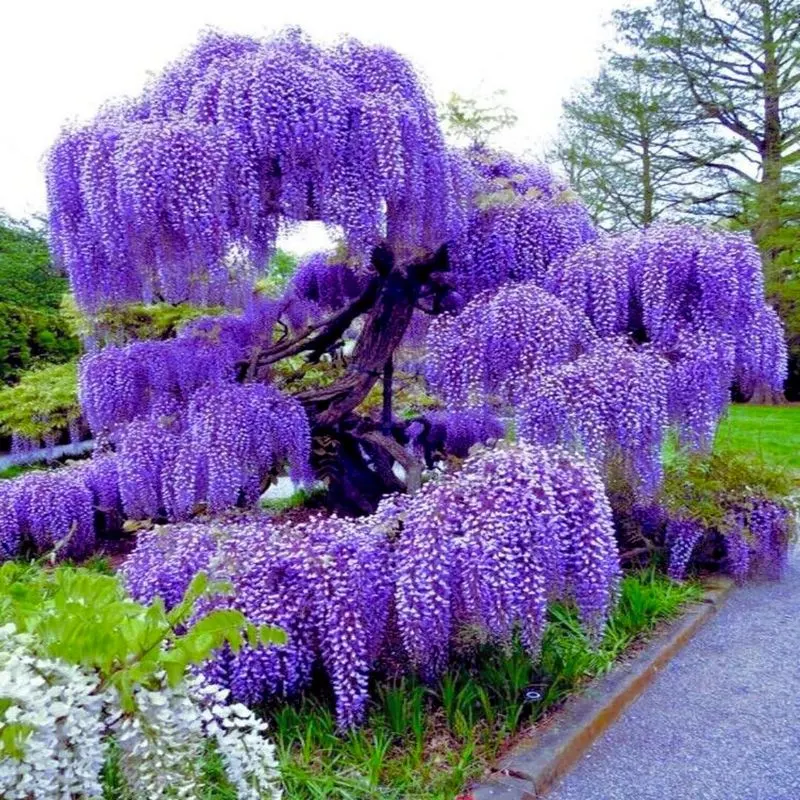
Known for their stunning cascades of flowers, wisteria vines may suffer if pruned in spring. These plants set buds on old wood, meaning spring cuts can remove potential blossoms. It’s best to prune wisteria in late summer or early fall, allowing the plant to focus on the next growing season. This careful timing helps maintain the plant’s structure and encourages an even more spectacular display. Providing a proper trellis or support will also assist in showcasing its natural beauty.
Forsythia
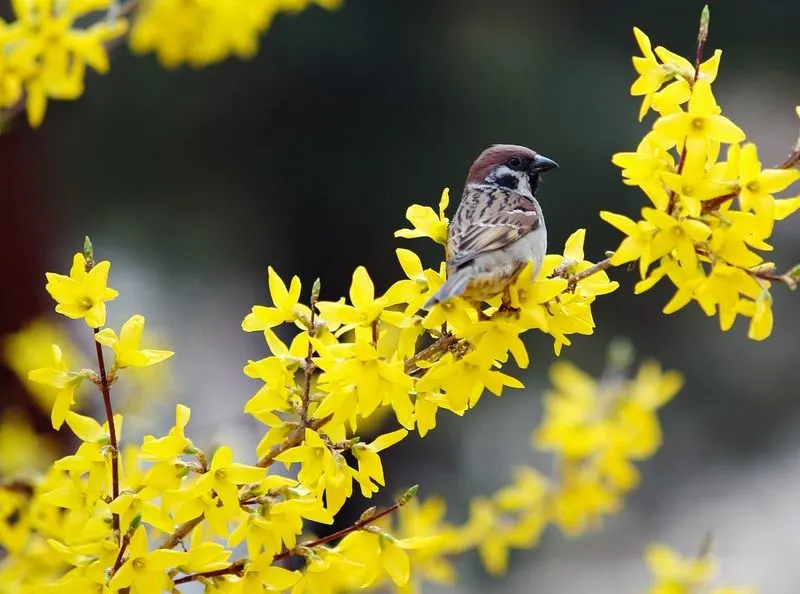
Forsythia’s cheerful yellow flowers are a herald of spring. However, pruning them too early can mean losing these blooms. Forsythias bloom on last year’s growth, so trimming in spring can remove this year’s flowers. Consider waiting until right after blooming has finished to prune. This approach not only preserves their striking appearance but also helps in shaping the plant for better growth. Taking the time to prune forsythia properly supports its health and flowering potential.
Lilies
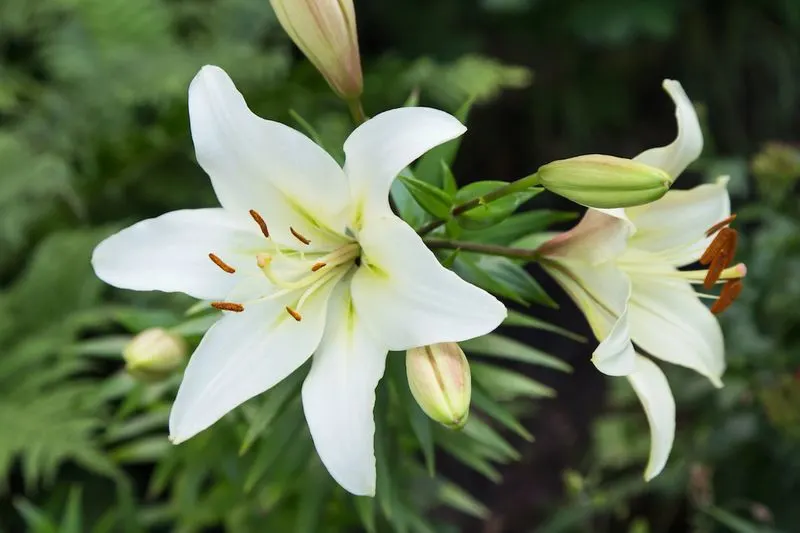
Lilies are a garden staple, admired for their large, colorful blooms. Pruning these beauties in spring can impact their flowering since they grow from bulbs that rely on post-blooming foliage to gather energy. Allow the leaves to die back naturally to ensure the bulbs stay strong. By resisting the urge to trim back too soon, you’ll be rewarded with lush blooms in the summer. Proper care involves patience, letting nature take its course for optimal lily health.
Hydrangeas
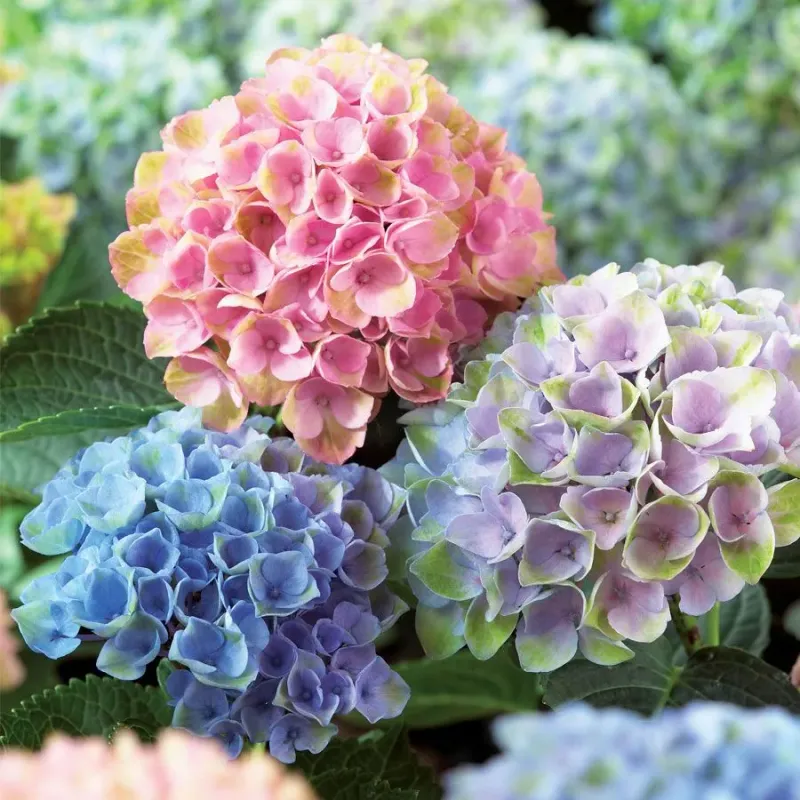
The timing of pruning hydrangeas varies by type. For those that bloom on old wood, like mopheads and lacecaps, spring pruning can eliminate this year’s flowers. Wait until after they bloom to trim. For varieties that bloom on new wood, like panicle and smooth hydrangeas, late winter or early spring is fine. Understanding your specific hydrangea’s needs ensures it remains a showstopper in your garden. Tailoring your approach will keep these beloved flowers thriving and full of color.
Azaleas
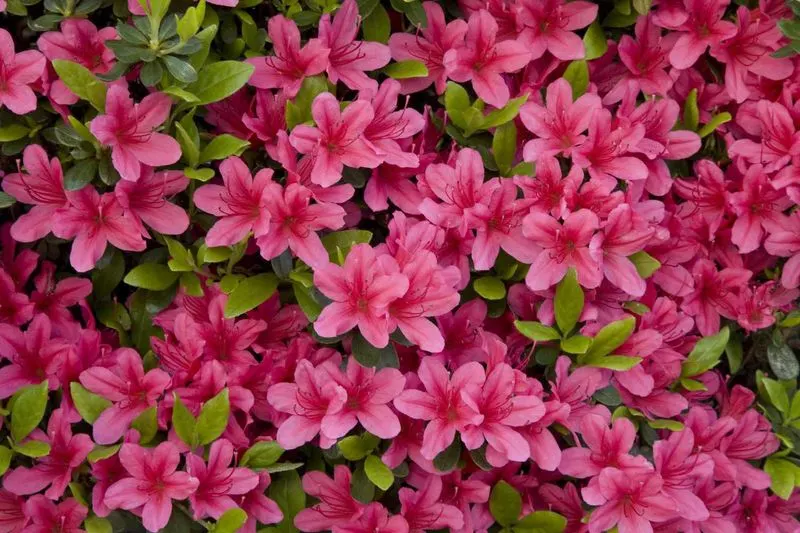
Azaleas are renowned for their bright spring flowers. Pruning these shrubs in spring can remove developing buds and reduce blooming. Instead, wait until after the flowers fade to shape the plant. This timing supports the azalea’s natural growth cycle and encourages robust blooms each year. By adhering to this schedule, you ensure a stunning display that enhances any landscape. Proper timing and patience are key to maintaining vibrant azaleas in your garden.
Rhododendrons
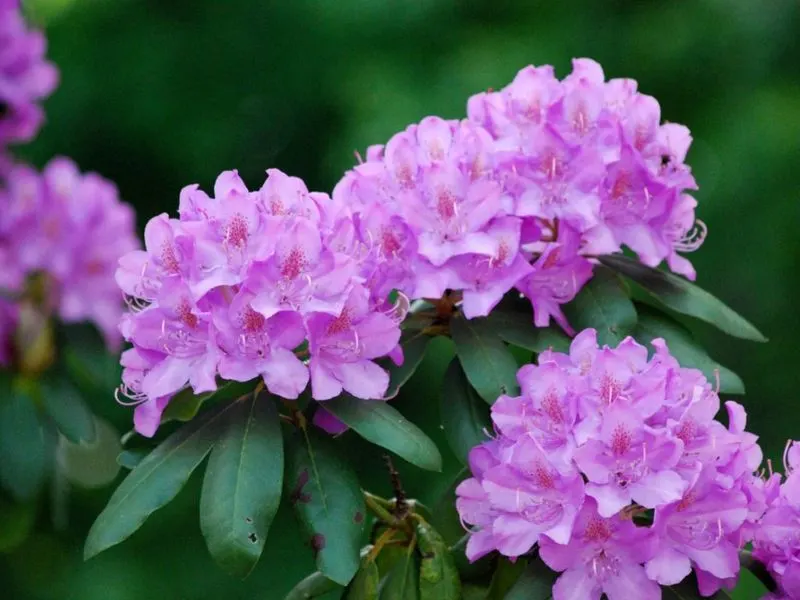
Spring is not the time to prune rhododendrons if you want to maintain their impressive blooms. These plants set their buds in the previous summer, so spring pruning can mean losing flowers. Prune rhododendrons right after flowering to keep their shape without sacrificing blooms. By respecting their growth cycle, you’ll enjoy a more vibrant and healthy plant. Understanding when to prune is crucial to supporting the rhododendron’s natural beauty. Take care in timing to preserve its lush flowers.
Magnolia
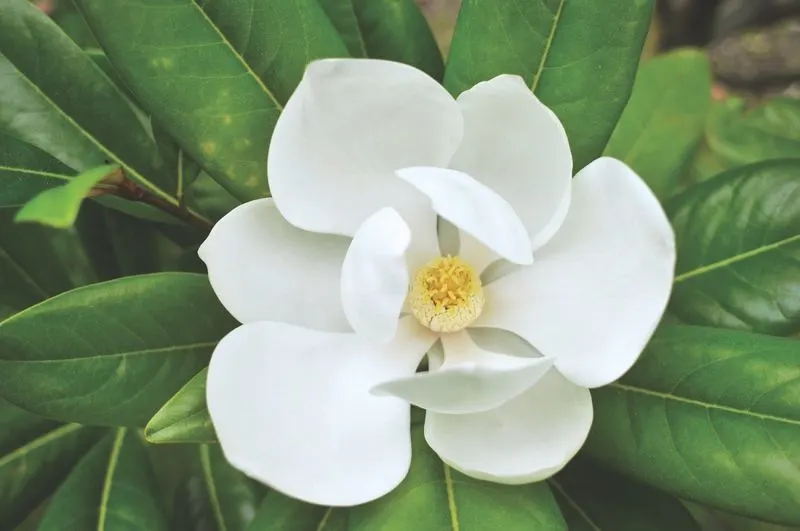
Magnolias are a sight to behold with their large, fragrant blooms. Pruning these trees in spring can lead to fewer blossoms, as they set buds on old wood. It’s best to prune magnolias in late summer when you can shape the tree without sacrificing next year’s flowers. This approach ensures the tree remains healthy and continues to produce a stunning display. Careful timing and minimal pruning will support a magnolia’s natural growth and beauty.
Cherry Blossom
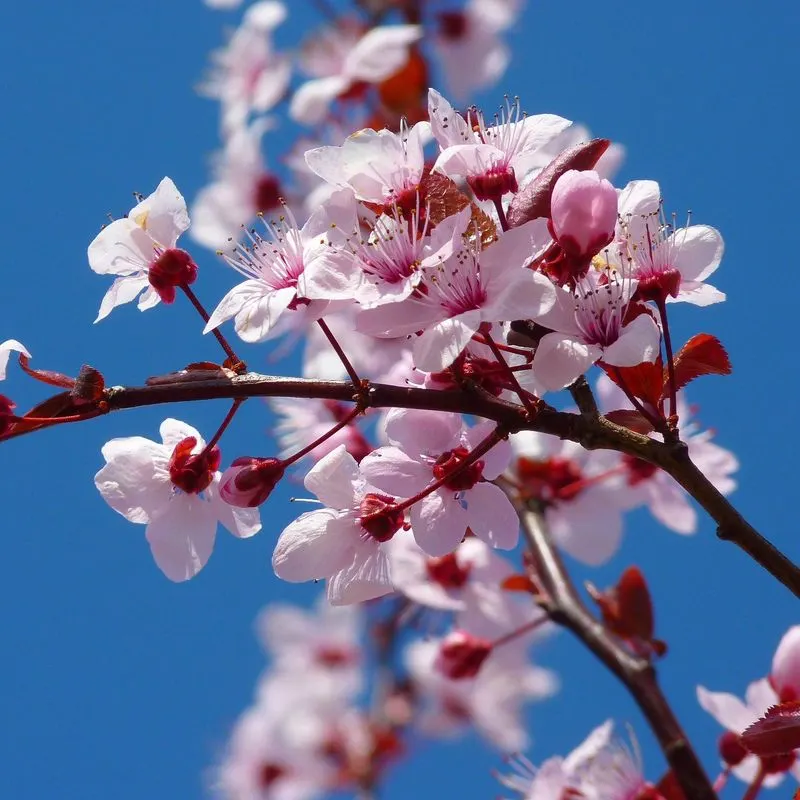
Cherry blossom trees are celebrated for their fleeting beauty. Pruning in spring can remove the very buds that create their iconic blooms. Wait until after flowering to prune, allowing the tree to maintain its splendid appearance. This timing also supports the tree’s health and structure. By understanding when to trim, you can keep your cherry blossom thriving and enjoy its full beauty each year. Proper care ensures these trees remain a highlight in any garden.
Peonies
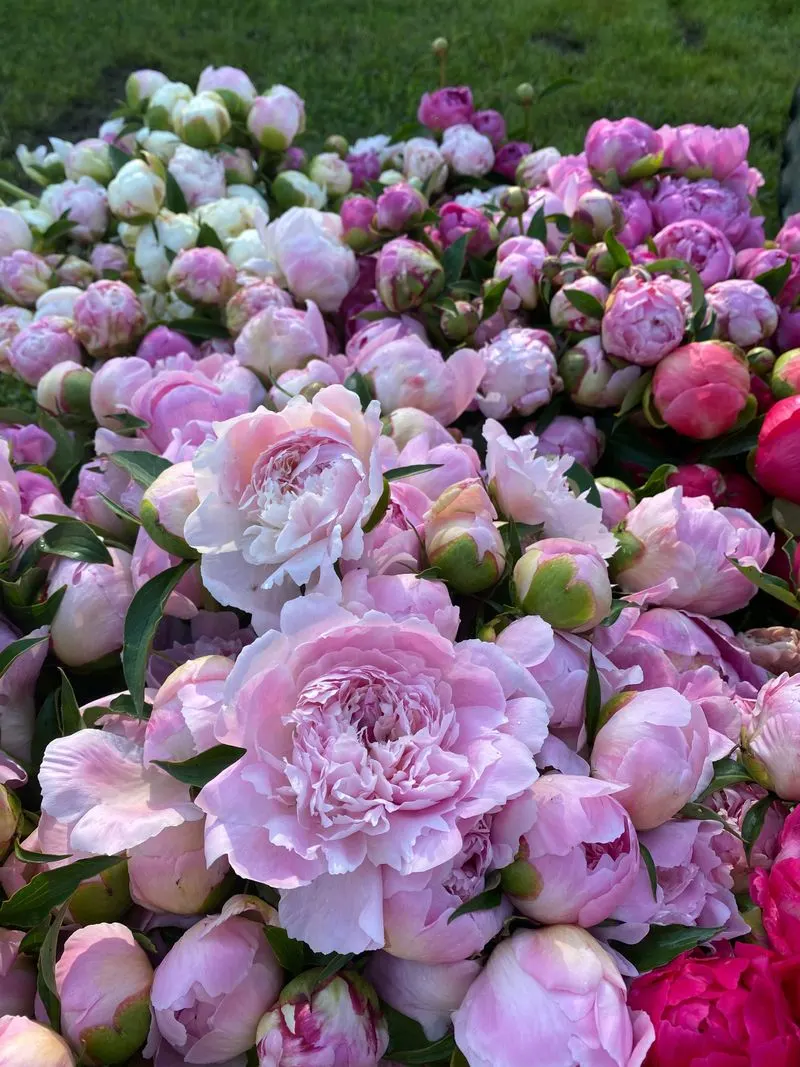
Peonies are adored for their large, fragrant blooms. Spring pruning can disrupt their growth, as peonies rely on their foliage to gather energy for the next year’s flowers. Allow the leaves to die back naturally before trimming. This method supports the plant’s health and ensures robust blooms. By exercising patience, you help peonies reach their full potential in the garden. Understanding their growth cycle is essential for maintaining their beauty and vigor.
Clematis
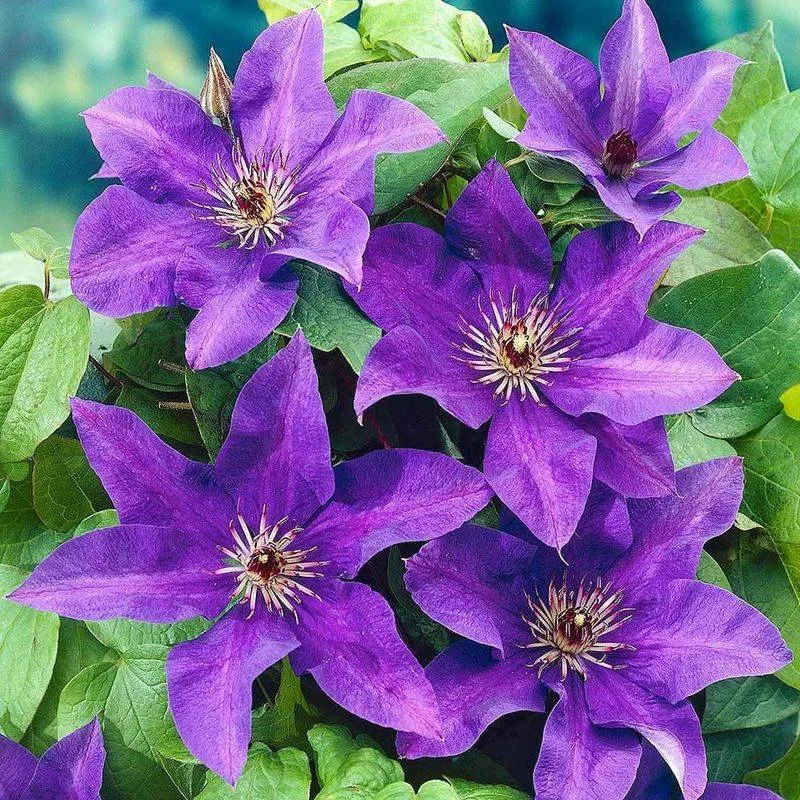
Clematis vines require careful timing for pruning. Some types bloom on old wood, meaning spring pruning can remove potential flowers. For these varieties, wait until after blooming to prune. Others bloom on new wood and can be trimmed in late winter or early spring. Knowing your clematis’s needs is key to encouraging abundant blooms. By tailoring your approach, you ensure a spectacular display that enhances your garden. Patience and knowledge are crucial for clematis care.
Flowering Quince
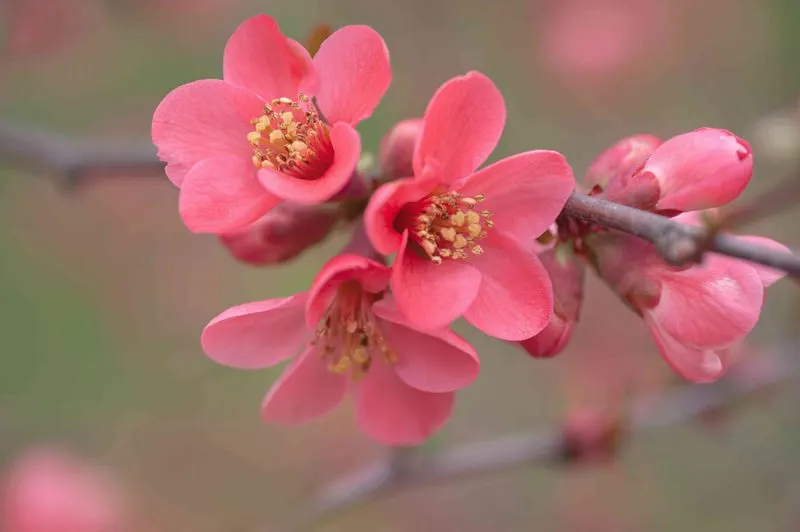
Flowering quince is appreciated for its early spring color. Pruning during this season can lead to fewer flowers, as it blooms on old wood. Wait until flowering has finished before trimming. This timing keeps the plant healthy and ensures it continues to brighten your garden each year. Understanding when to prune is vital for maintaining its beauty. With proper care, flowering quince remains a delightful addition to any landscape, providing vibrant color and charm.
Weigela
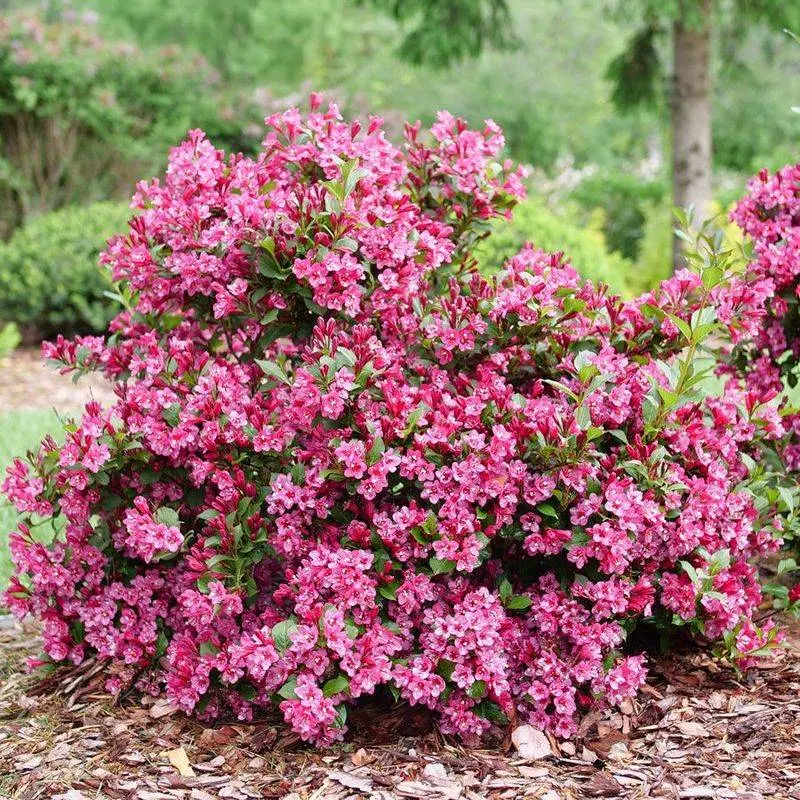
Weigela shrubs bring vibrant color to the garden with their showy flowers. Pruning in spring can reduce blooming since they flower on last year’s growth. Consider waiting until after blooming has ended to prune. This approach maintains the shrub’s health and encourages a more robust display. By respecting its growth cycle, you enhance the weigela’s natural beauty. Proper timing ensures that these plants continue to be a garden highlight, offering color and interest throughout the season.
Camellias
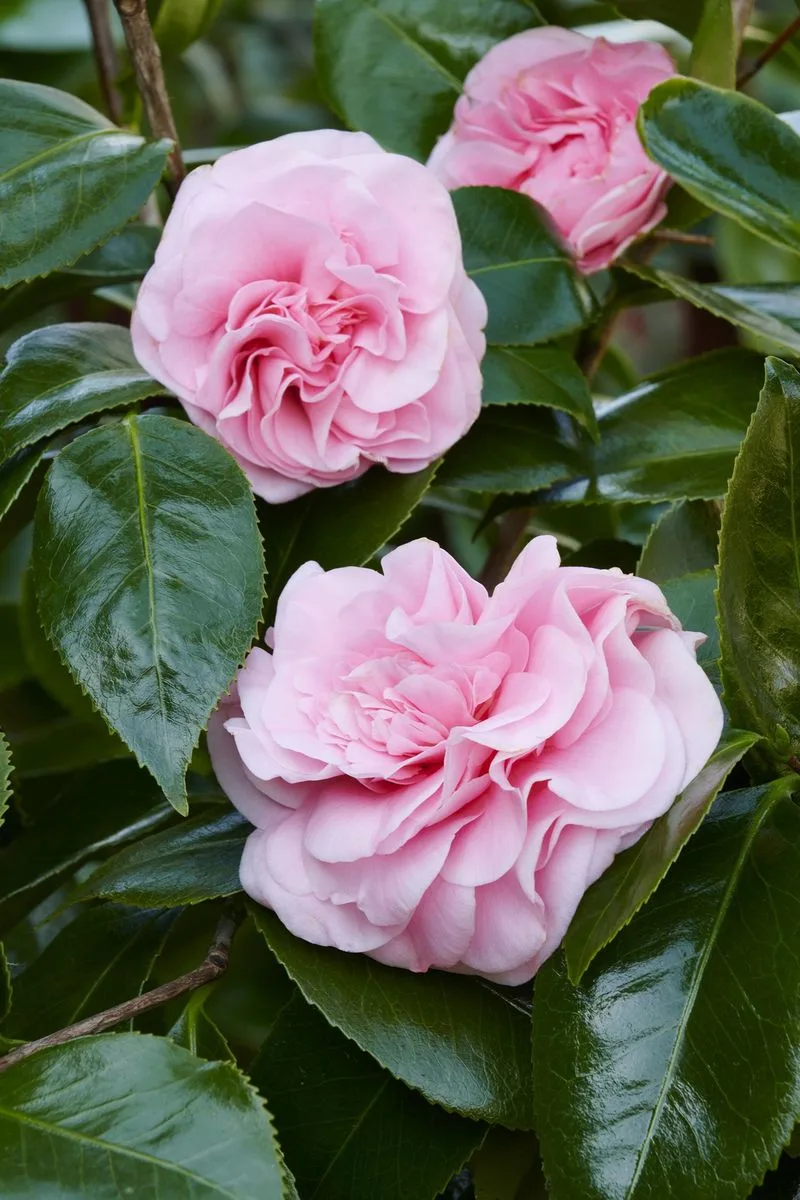
Camellias are known for their elegant blossoms. Pruning in spring can interfere with the development of these flowers, as camellias set buds on old wood. Wait until after blooming to shape the plant, preserving its graceful appearance. By timing your pruning efforts correctly, you support the camellia’s health and ensure it continues to bloom beautifully. Understanding this plant’s needs is key to maintaining its charm and vitality in your garden.
Viburnum
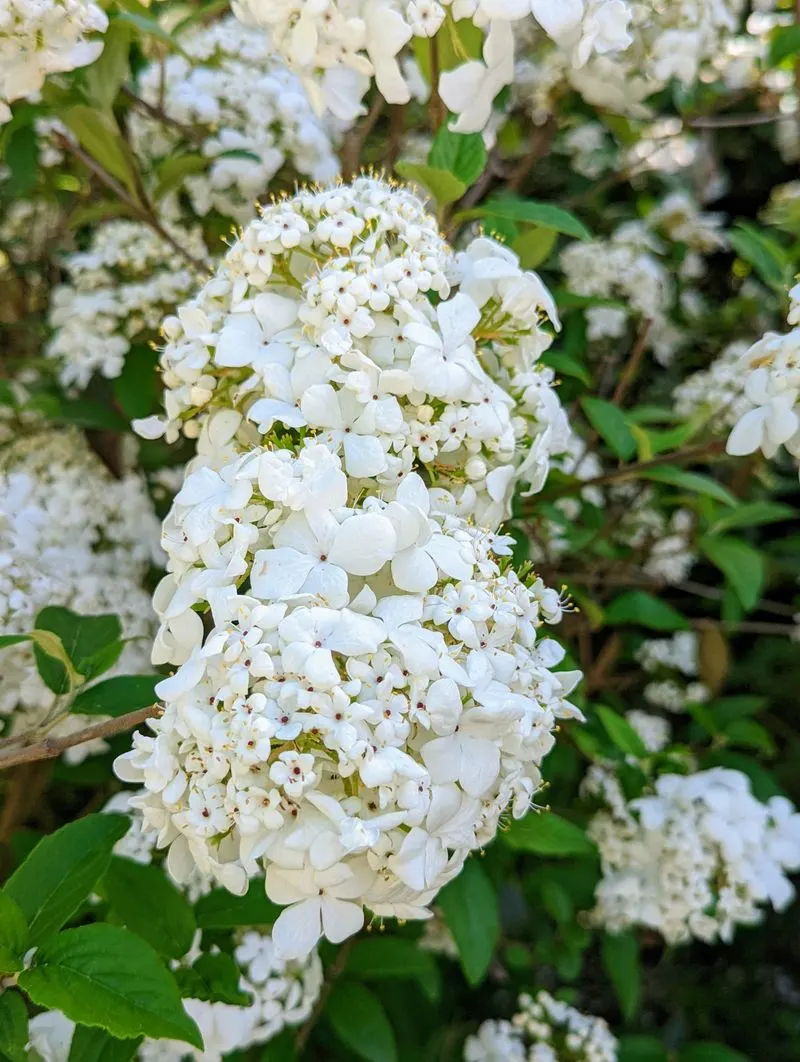
Viburnum shrubs offer lovely blooms and a pleasant fragrance. Pruning these plants in spring can remove flower buds, as they bloom on old wood. Trim viburnum right after flowering to preserve this year’s display. This timing keeps the shrub healthy and supports its natural growth. By paying attention to its pruning needs, you ensure viburnum remains a delightful presence in your garden. Proper care and timing are essential for maintaining its beauty and vigor.
Jasmine
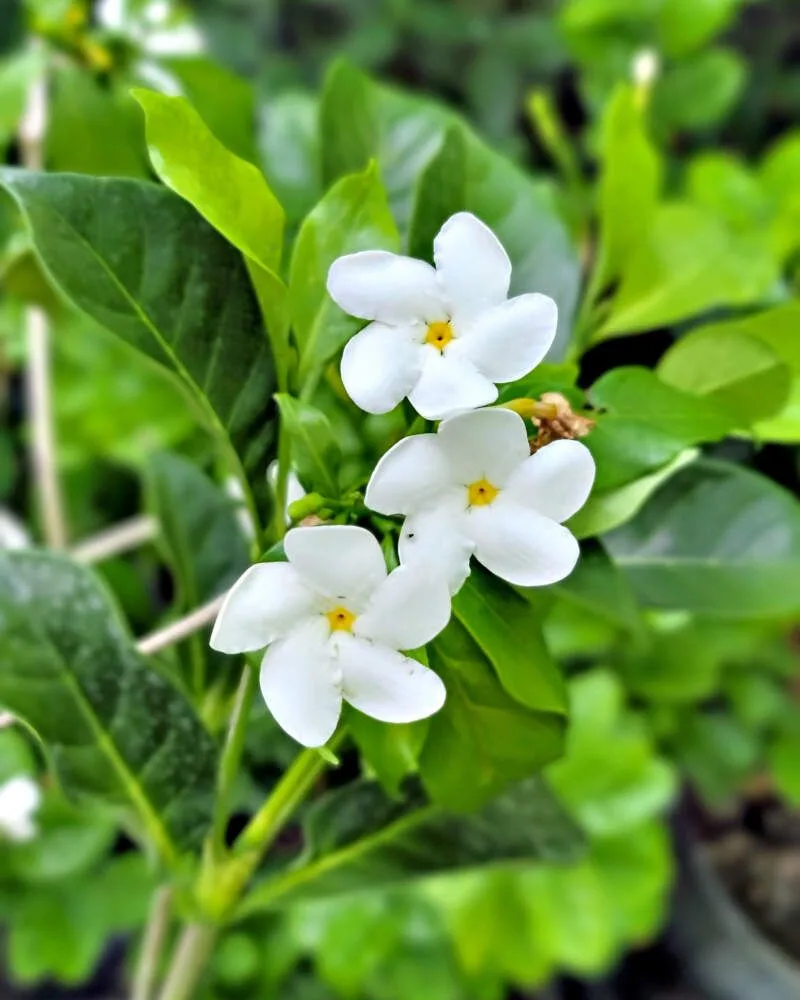
Jasmine is cherished for its fragrant flowers and lush growth. Spring pruning can eliminate many of its blooms, as it often flowers on old wood. To maintain its beauty, wait until after blooming to prune. This timing supports the jasmine’s health and encourages a more prolific floral display. By understanding when to trim, you help jasmine thrive in your garden. Proper timing and care are key to enjoying its delightful fragrance and stunning appearance.
Dogwood
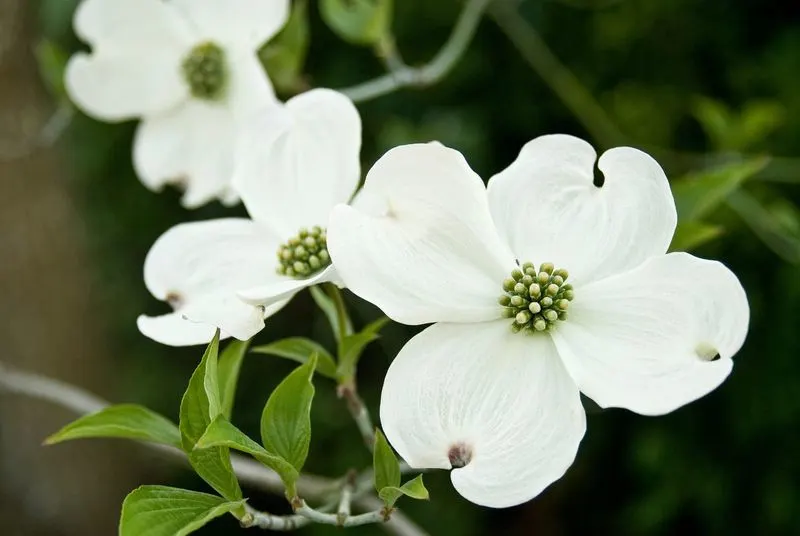
Dogwood trees are admired for their springtime beauty. Pruning during this season can remove the very flowers that make them so appealing. Wait until after blooming to trim dogwoods, helping to preserve their iconic appearance. This timing also supports the tree’s health and growth. By respecting their natural cycle, you enhance the dogwood’s presence in your garden. Proper care ensures these trees continue to be a standout feature year after year.
Mock Orange
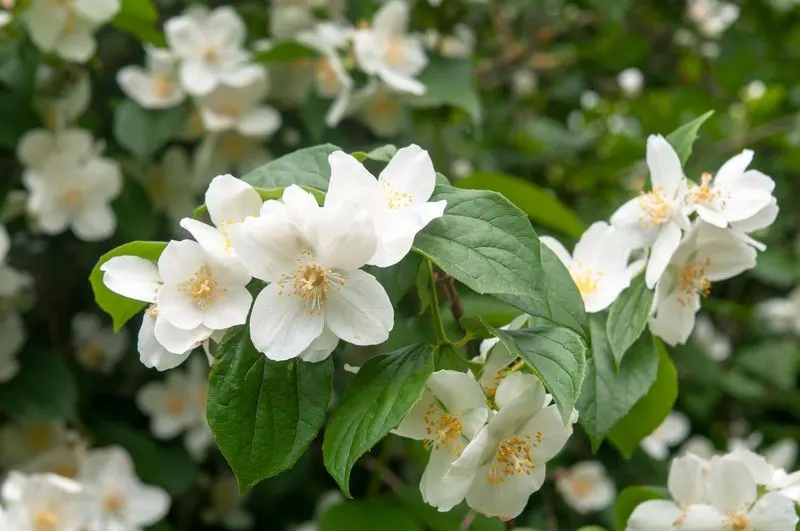
Mock orange shrubs offer delightful fragrance and charming blooms. Pruning in spring can reduce flowering, as they usually flower on old wood. Wait until after blooming to shape the plant, ensuring a more abundant display. This approach supports the shrub’s health and encourages vigorous growth. By paying attention to its pruning needs, you maintain mock orange’s beauty in your garden. Proper timing and care help this plant continue to enchant with its lovely scent and appearance.
Spirea
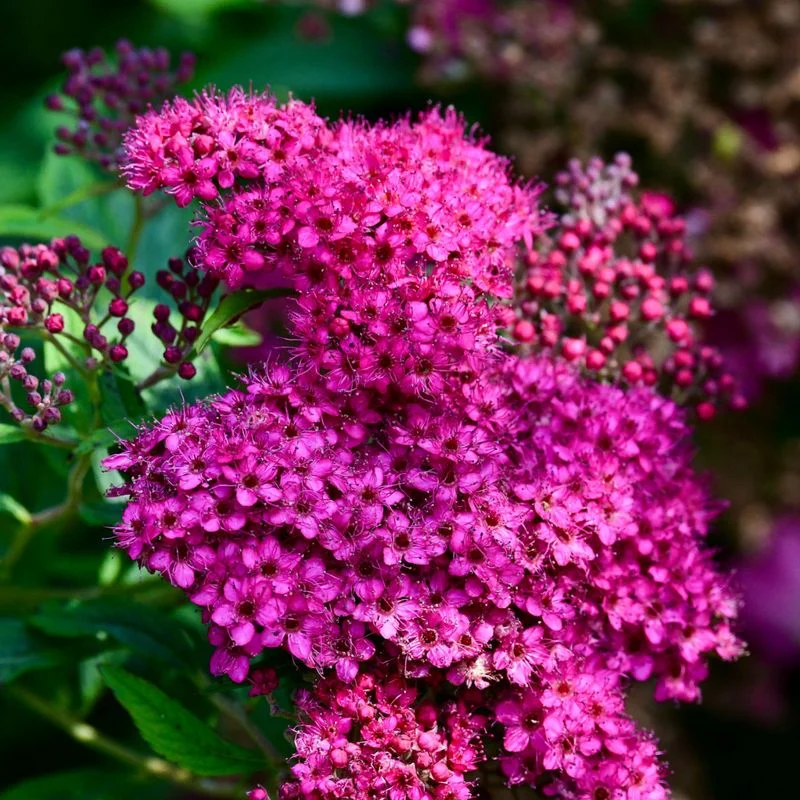
Spirea bushes are loved for their cascading flowers. Pruning in spring can reduce their floral display, as many varieties bloom on old wood. It’s best to wait until after blooming has ended to trim. This timing keeps spirea healthy and encourages a more robust flowering. Understanding when to prune helps maintain its beauty in your garden. With the right care, spirea can continue to provide interest and color throughout the growing season.
Heath
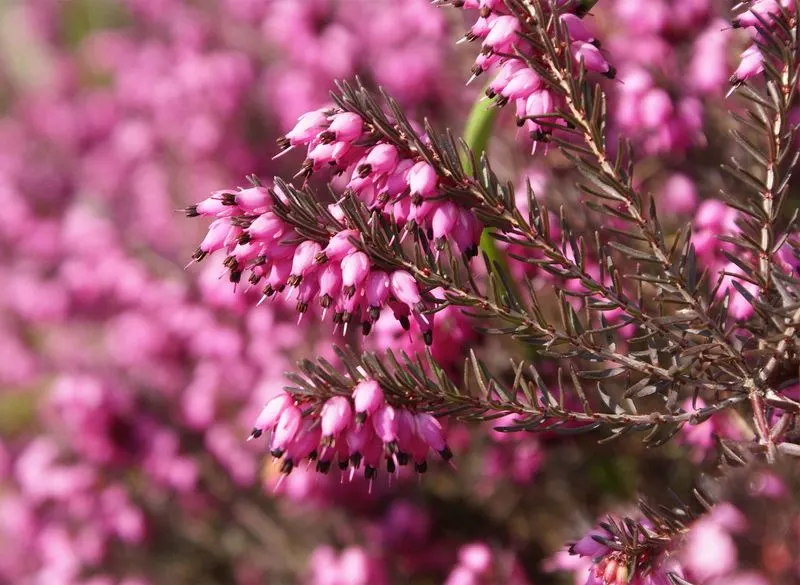
Heath plants offer winter interest with their small, vibrant flowers. Pruning in spring can hinder their upcoming blooms, as many varieties flower on old wood. Wait until after flowering to trim, ensuring the plant remains healthy and vibrant. This timing supports heath’s natural growth cycle and enhances its appeal. By understanding its pruning needs, you help heath thrive in your garden. Proper care and attention ensure it continues to brighten your landscape.
Fothergilla
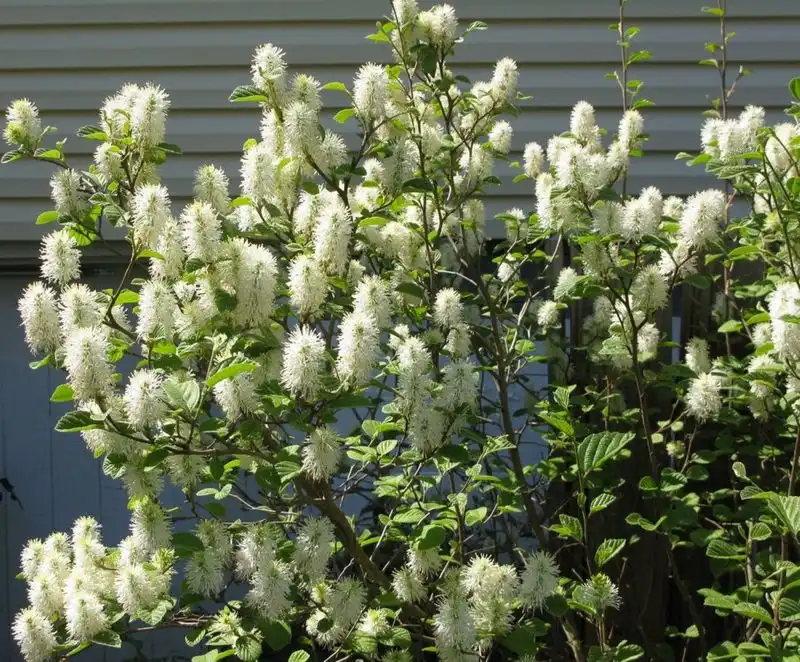
Fothergilla is admired for its unique bottlebrush flowers and striking fall color. Pruning in spring can remove flower buds, as it blooms on old wood. Trim fothergilla right after flowering to preserve its beauty and structure. This timing supports the plant’s health and encourages a more vibrant display. By paying attention to its growth cycle, you enhance fothergilla’s presence in your garden. Proper care ensures it continues to be a delightful addition to any landscape.

